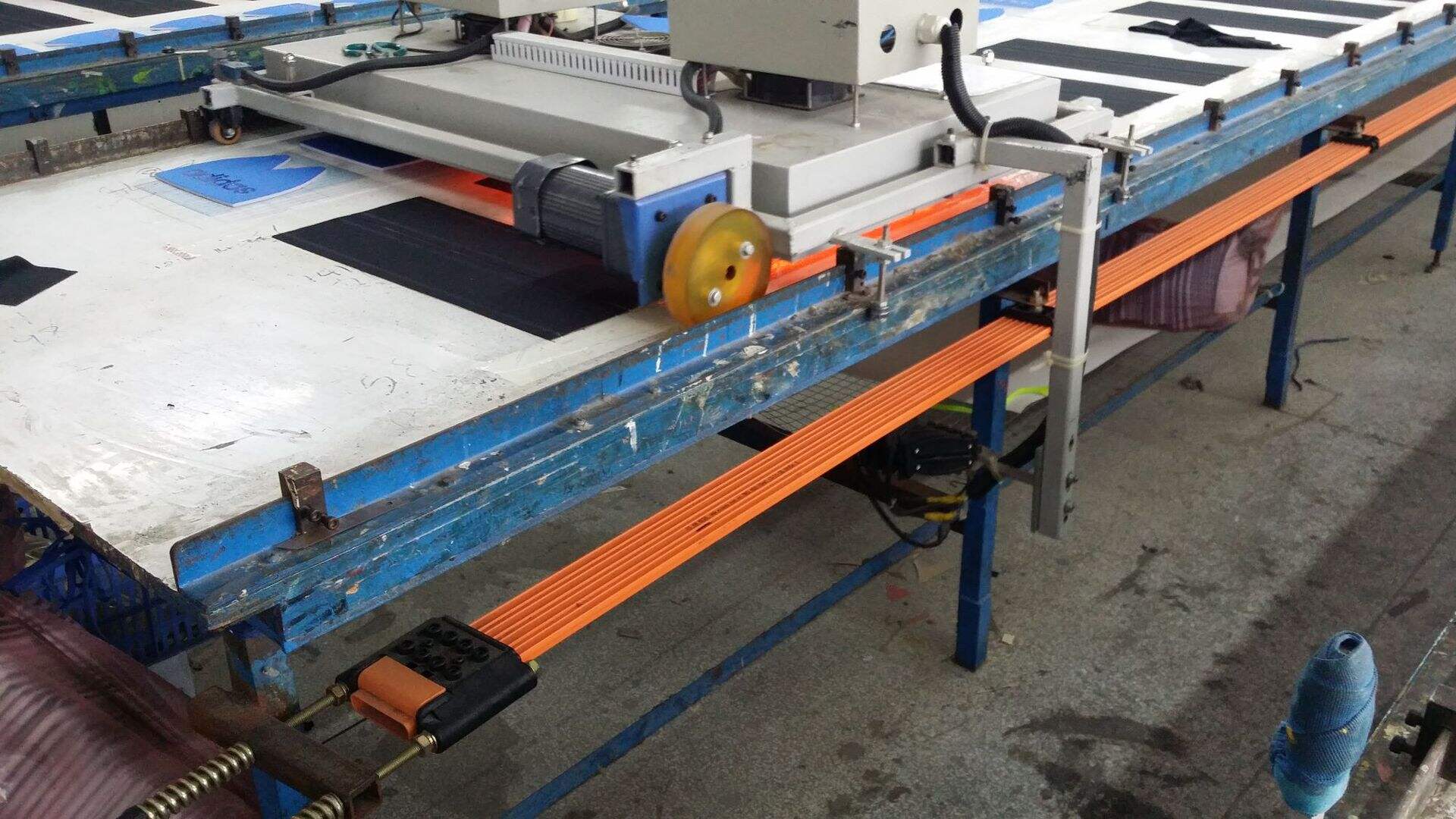Introduction
The operational efficiency and safety of electrical systems depend heavily on sliding contact lines when used in industrial settings. Equipment reliability and operational duration depend greatly on the suitable selection of sliding contact line when different conditions exist. This text walks you through the method of choosing suitable sliding contact lines by Wuxi Komay according to your operational requirements and environmental factors.
Understanding Sliding Contact Lines
Knowing both the nature and purpose of a sliding contact line serves as the first step before proceeding with selection. The sliding contact line serves as a slip ring and rotary electrical interface designed to send electric power and signals from stationery systems operating rotatory components. Sliding contacts play a fundamental role to maintain continuous power flow during device rotation which specifically helps wind turbines together with cranes and rotary tables.
Assessing Working Conditions
The selection process for appropriate sliding contact lines starts by analyzing how your equipment functions in its operational setting. The selection decides on multiple key elements that play into two categories:
The equipment's integration requires determination of environmental tolerance against harsh conditions of high humidity and dust and salt spray exposures. Outdoor equipment generally needs contact lines that can resist extreme temperatures along with corrosion damage.
Electrical Requirements: Determine the voltage and current requirements for your application. Application systems requiring high power need contact lines with special abilities to maintain stable electrical loads and resist overheating while extending their operational lifespan.
Mechanical Factors: Evaluate the mechanical requirements such as rotational speed, vibration levels, and space constraints. The selected contact line needs to endure the necessary mechanical forces to perform without any losses of functionality.
Material Selection
Sliding contact line materials must be selected cautiously because they represent an essential consideration for the application. Common materials used include:
Copper stands out because of its outstanding electrical properties together with excellent wear resistance capabilities which makes it useful for many standard applications.
Applications involving high-speed motion utilize graphite as the optimal material because its self-lubricating characteristics minimize wear and reduce friction helping to increase contact line durability.
The material exhibits excellent electrical conductivity because of its high precision performance when reliability and minimal contact resistance matter although it has a higher price.
The combination of superior electrical performance with high sustainment attitudes at elevated temperatures makes silver a preferred choice compared to gold.
Any given material boasts particular qualities which determine its usage range between specific applications. The decision needs base on how well materials match your operation environment and power system specifications.

Design and Specifications
The design along with the specifications of sliding contact lines require equal importance as material choices. Main design characteristics need consideration for vital decision-making:
The number of required circuits should be established before choosing the control system for your application. Multiple circuits need to be installed within complicated systems for effective system operation.
The contact type selection should be either single-contact for power transmission or multi-contact for signal transmission respectively.
A protective case that shields against environmental elements and mechanical damages should be used. The required standards for your workplace environment demand you check the housing's ingress protection (IP) rating.
Performance Considerations
The performance characteristics of the sliding contact line should be evaluated during the final stage of assessment. Performance information from reliable manufacturers comes complete with the following details:
The quality of contact points must stay low because it maintains efficient power transmission while lowering energy waste.
The materials showing lower wear rates extend their service duration thus minimizing maintenance requirements and lengthening the replacement intervals.
Check the temperature limits your application requires for the contact line because improper temperatures can lead to breakdown.
Conclusion
Different working conditions require proper selection of sliding contact lines through complete examination of environmental factors alongside electrical and mechanical characteristics. Using application-specific requirements for material selection together with design selection will help deliver equipment performance that extends over time. If you proceed with detailed assessment and selection your systems will benefit from better reliability and efficiency performance.
Serious decision-making depends on total awareness about current working conditions and potential choices available to you. These guidelines will enable you to understand how to make the correct sliding contact line selection.

 EN
EN
 AR
AR
 HR
HR
 CS
CS
 DA
DA
 NL
NL
 FI
FI
 FR
FR
 DE
DE
 EL
EL
 HI
HI
 IT
IT
 JA
JA
 KO
KO
 NO
NO
 PL
PL
 PT
PT
 RO
RO
 RU
RU
 ES
ES
 SV
SV
 TL
TL
 IW
IW
 ID
ID
 LV
LV
 LT
LT
 SR
SR
 SK
SK
 UK
UK
 VI
VI
 SQ
SQ
 HU
HU
 TH
TH
 TR
TR
 AF
AF
 MS
MS
 BN
BN
 MN
MN
 KK
KK
 KY
KY